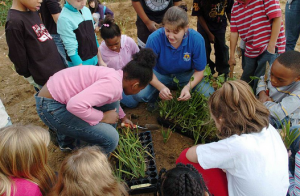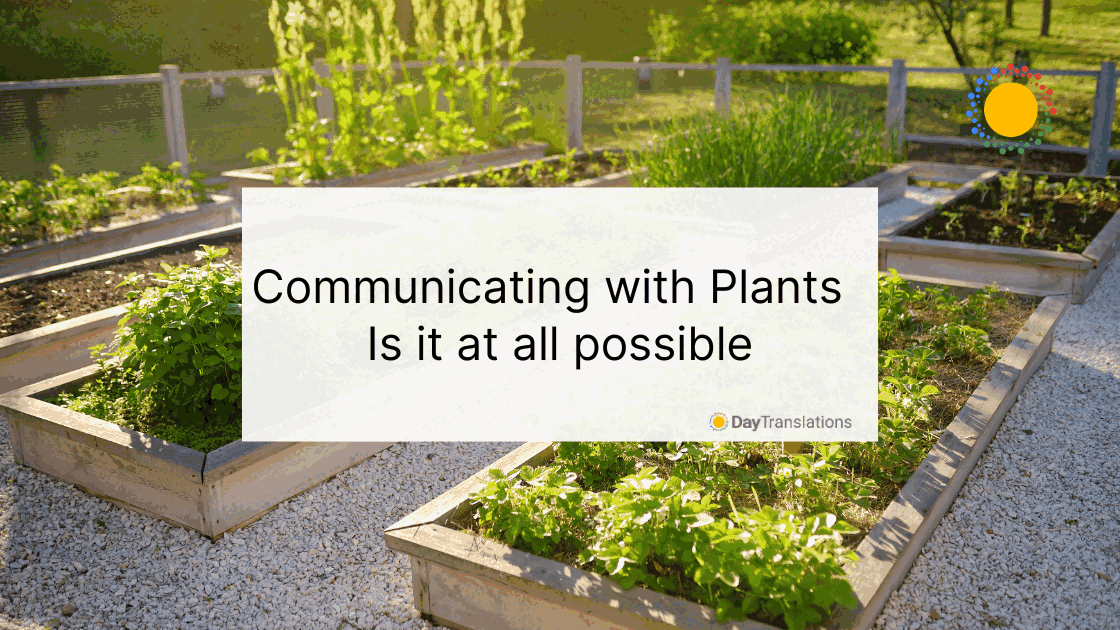
Photo credit: Taken by Walton LaVonda under Creative Commons Attribution-Share Alike 3.0 Unported License.
The idea of talking to plants might be deemed crazy and nonsense for many people. Plants don’t have brains and are not capable of communicating in any form. However, recent studies reveal that they actually “communicate” with each other and can even respond when humans communicate with them. Though there are no definitive conclusions in regard to plant communication, it is now acknowledged as a valid study in the scientific community. Those who are involved in this kind of study are already treated with respect and not considered as lunatics as they once were.
The concept of plants benefiting from human conversation can be traced back to 1848. German professor Gustav Fechner published a book called Nanna or Soul-life of Plants. His idea became popular and has inspired many researchers to take a closer look at the scientific evidence that plants can really respond to human conversation.
How human conversation affects plant growth
Rich Marini of Penn’s State Horticulture Department said that plant growth can be induced by many factors such as wind or vibration. Since sounds are basically vibrations, human conversation to plants may cause possible changes. Korean researchers published a result of their study in 2007 and it adhered with the idea of Marini. They tested playing sounds at 70 decibels near the plants and they responded. Their genes became active during the process. The study also concluded that as the frequency increased, gene activity also increased.
The way plants evolved in such a way that they respond to vibrations is mainly affected by the need to survive windy environments. In windy places, we see plants that are shorter but with thicker stems. This is necessary for them to stay alive. Therefore, a lot of researchers believe that conversing with plants can really affect their growth.
There are also some theories suggesting that it could be the carbon dioxide released by humans when talking that actually helps plants grow. However, skeptics say that if this idea were true, it would take several hours for humans to talk before plants could get the necessary carbon dioxide they need to grow.
Can plants talk with each other?
In a study released in 1983, there was a shocking revelation about plants being able to communicate with each other. Willow trees, sugar maples and poplars were said to have warned each other for a possible insect attack. This paved the way for the other trees that were not damaged to ward off attack by releasing chemicals to repeal bugs. There are also some studies that suggest bees and plants could pick up each other’s signals. This is why the process of pollination is usually successful.
The future of plant communication
The study involving plant communication is not really that big as of the moment. There are only a few researchers dedicated to this kind of study. However, there is already a technology designed for humans to listen to plants. They use an acoustic sensor to hear how plant bubbles explode. The device amplifies the sounds and makes them easier to hear. However, this technology is still pricey.
The idea of plant communication can also be very useful especially in the field of agriculture. If a device can be invented that will mimic the plants’ warning signals, then it can help crops survive pest attacks.
Though the theory of plant communication dates back several years ago, it is still in its infancy stage in the world of science. Hopefully, more researchers will devote their time in understanding how this works and be able to provide a definitive proof.
For now, the best thing that we can do is to water our plants, make sure they receive enough sunlight and take good care of them as important members of the ecological balance.














Sorry, the comment form is closed at this time.